Common name: blackcap
Scientific name: Sylvia atricapilla
Family: Sylviidae (warblers)
Habitat: woodland, gardens, parks
Diet: flies, insects, caterpillars, berries
Predators: sparrowhawks, domestic cats
Origin: native
Named after the male’s signature black cap, this little bird arrives in the UK each spring, bringing with it the sweet sound of its beautiful song.
Common name: blackcap
Scientific name: Sylvia atricapilla
Family: Sylviidae (warblers)
Habitat: woodland, gardens, parks
Diet: flies, insects, caterpillars, berries
Predators: sparrowhawks, domestic cats
Origin: native
The blackcap is a grey warbler, easily identified by its distinctive cap. Males have black caps (as the name suggests), while the female’s cap is chestnut brown. Juvenile males also have a brown cap. They have thin, dark-coloured beaks and brownish-grey wings. They are a similar size to robins, measuring around 13cm in length and weighing in at around 21g.
Not to be confused with: marsh or willow tits. The blackcap lacks the black bib both these species have.
Blackcaps eat a diet mostly made up of insects, including flies and caterpillars. Unlike the majority of warblers, they also enjoy eating berries, and are particularly fond of mistletoe berries. They are actually extremely efficient at spreading mistletoe seeds, eating the flesh of the berry and wiping the seed on a branch, allowing it to potentially germinate there.
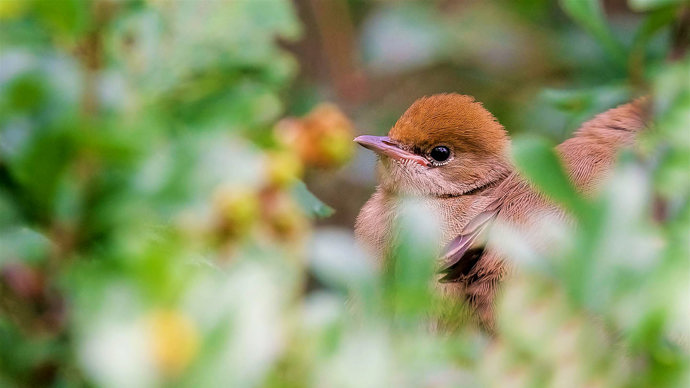
Credit: Ian Redman / WTML
Breeding birds arrive in the UK in the spring, building cup-shaped nests in shrubs and hedges. Four to five eggs are laid from late April to June, and hatch 11–12 days later. The chicks will fledge around 12–14 days after hatching, and are assisted with feeding for a further two–three weeks.
The blackcap is known as the ‘northern nightingale’ and the ‘mock nightingale’ due to its delightful fluting song.
While these birds are traditionally summer visitors, typically arriving in March and April and migrating south for the autumn, we have an increasing wintering population in the UK.
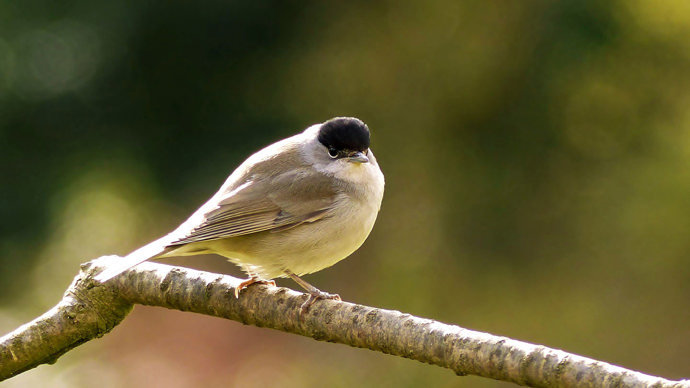
Credit: Allan Roffey / WTML
Blackcaps favour woodland habitats, but will venture into parks and gardens if there are lots of trees and shrubs available. They occur throughout the UK, with the exception of the Scottish Highlands.
Around 1.1 million pairs of blackcaps are believed to live in the UK during summer.
Fill your garden with trees and shrubs and get a bird feeder to increase the chance of one visiting you. In the summer it’s often heard before it’s seen – listen out for its melodic, fluting song.
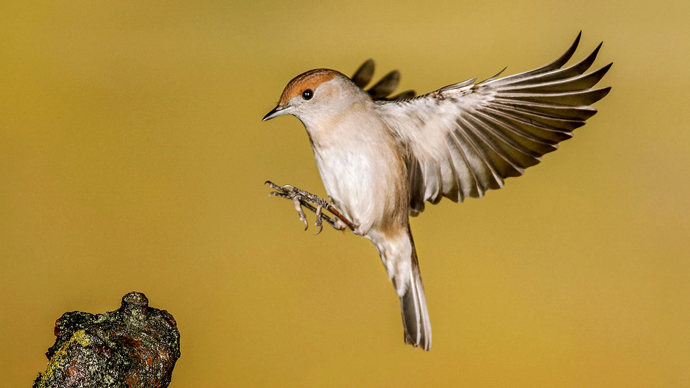
Credit: BIOSPHOTO / Alamy Stock Photo
The blackcap is thriving in the UK, with its population increasing steadily since the late 1970s.
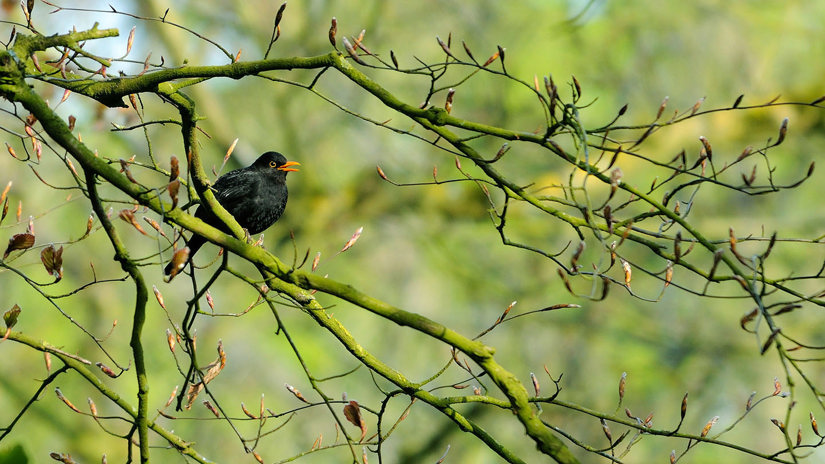
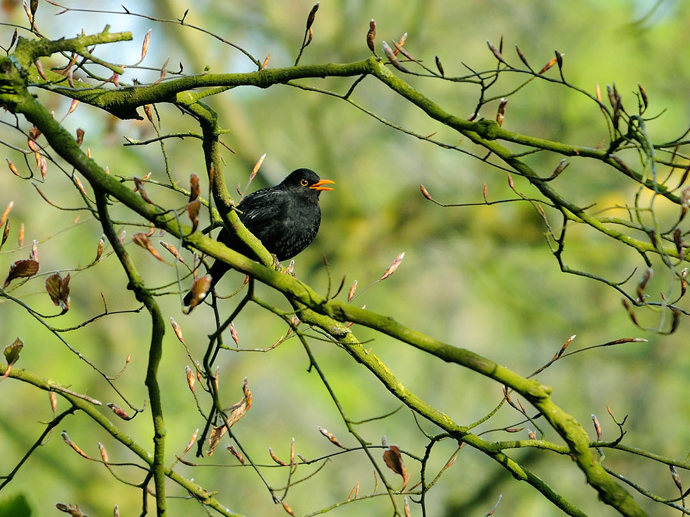
External link
Record the comings and goings of key feathered friends and help scientists track the effects of climate change on wildlife.